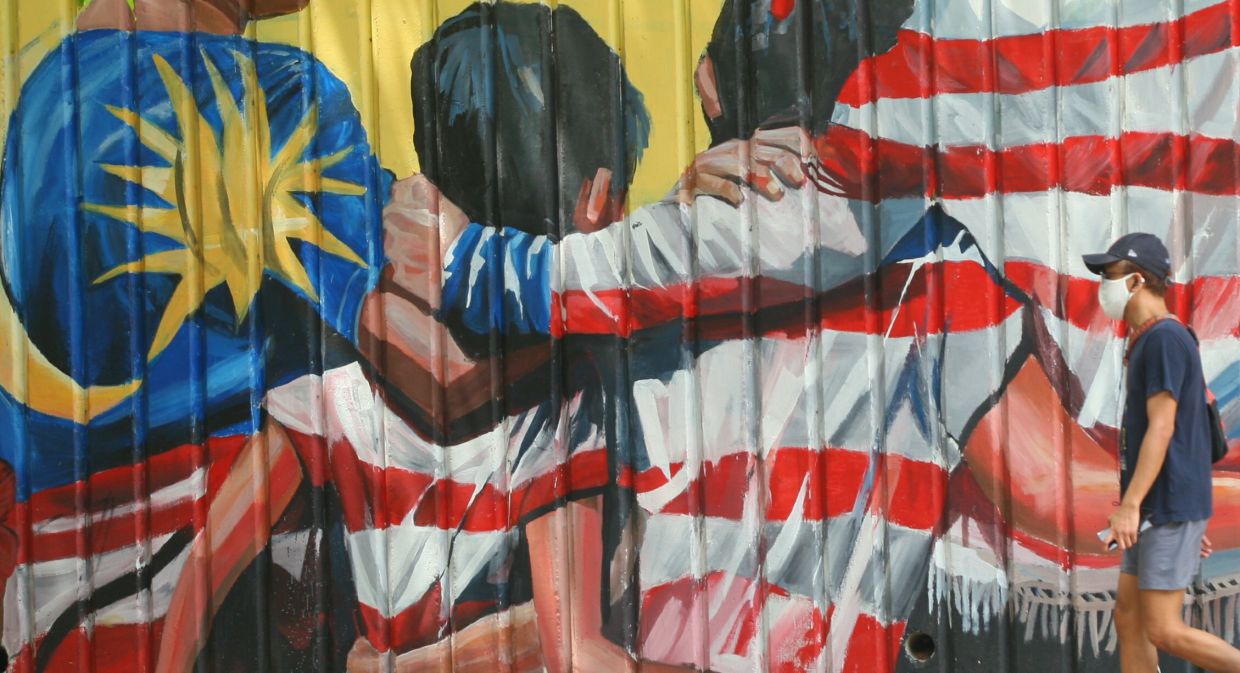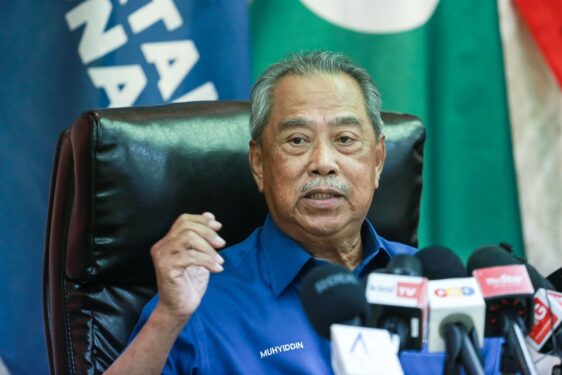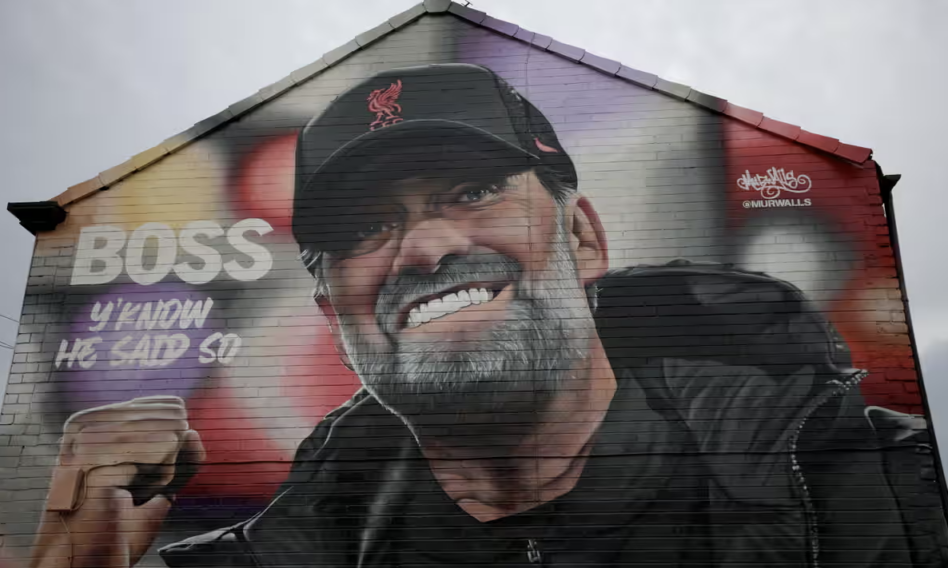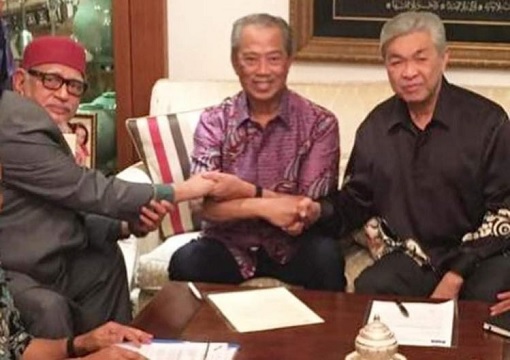IN 1950, I was born in Pahang when it was under British rule. It was one of the four Federated Malay States together with Perak, Selangor and Negri Sembilan. At that time, the five Unfederated Malay States were Perlis, Kedah, Kelantan, Terengganu and Johor.
The four northern states were under Siamese rule until they were ceded to the British in 1909. Interestingly, Sultan Abu Bakar of Johor and Queen Victoria of the United Kingdom of Great Britain and Ireland were personal acquaintances and they acknowledged each other as equals.
The other two states – Penang and Melaka – were part of the British Straits Settlements and were without sultans, unlike the other nine states. Later, these two states would appoint governors or Yang di-Pertua Negeri from among the civilians to be titular heads of state.
When all eleven states came together as an independent country called Malaya, a head of state for the nation was needed. So, the Yang di-Pertuan Agong (King) was created and elected by the Conference of Rulers, comprising the nine sultans, with the office rotated between them.
In 1963, the regions of Sabah and Sarawak joined Malaya to form Malaysia together with Singapore, which separated in 1965. Earlier in 1951, the major ethnic groups in Malaya were Malays (2,631,154), Chinese (2,243,971), Indians (566,371), and others (75,726).
By 2023, Bumiputras (including Malays) comprise 70.1% of the population in Malaysia, Chinese 22.6%, Indian 6.6%, and others 0.7% of the 30.5 million citizens, excluding 3.2 million foreign workers largely in construction, restaurants, factories, farms and plantations.
The changes in demographics were mainly due to the lower birth rate of non-Bumiputeras and their emigration for much better economic opportunities, and immigration from neighbouring countries, particularly Indonesia, with immigrants seeking a better livelihood in Malaysia.
Over the past centuries, there were mass migrations to and within Southeast Asia, and the rise and fall of civilisations. For example, from the 7th to 11th century CE, the whole of Malaya, south Thailand and most parts of Sumatra and Java were under the Srivijaya Buddhist Empire.
After several raids were launched by the Hindu Chola Empire upon their ports, the Srivijaya Kingdom ceased to exist in 1025 CE and was forgotten. Borobudur, the largest Buddhist temple in the world built in Central Java in the 9th century, was abandoned in the 13th century.
Chinese communities have long been present in Southeast Asia including Malaysia and were present in 15th century Melaka. Large-scale migration from China began in the 19th century after Melaka was ceded to the British in 1824 and the founding of Singapore earlier in 1819.
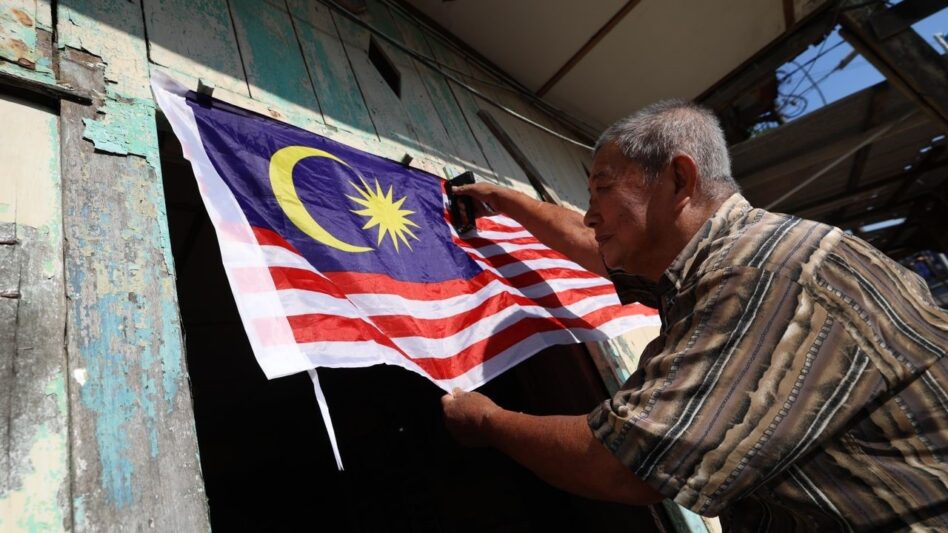
In the 19th and early 20th centuries, China experienced significant emigration. Twenty million Chinese moved to Southeast Asia between the 1840s and the 1920s, building on centuries of migration and trading routes. Many also went to far-flung destinations around the globe.
But ironically, Malaysian Chinese have often been labelled as “pendatang” (immigrants) by selfish politicians stoking on race to gain popularity, not realising that they could be descendants of migrants, and Chinese settlers may have arrived here earlier than their ancestors.
I grew up in the 1950s and 1960s in Pandamaran, a Chinese New Village that was not fenced in, unlike Jenjarom New Village 22km away. The environment and nature then were indeed a paradise on earth, with mangrove swamps nearby, plus jetties, boats and ships at Port Klang.
Although my parents were Chinese school teachers and stayed at the teachers’ quarters, they enrolled me to study in Simpang Lima Klang, a national-type primary school where the medium of instruction was English. It was several kilometres away and bus services were poor.
My secondary school was La Salle Klang, a missionary school converted to a national-type secondary school and English was the medium of instruction throughout my years there. My primary schoolmates Rahim and Darshan also studied here run by the Christian Brothers.
Pandamaran was already a multi-racial village and many villagers cycled to work at the harbours in Port Klang, initially at the South Port and the North Port was built later. Hence, I grew up mixing without discriminating against others of a different race, religion or language.
But after changes were introduced following the May 13 racial riots in 1969, my country was transformed. While it may have been good for many and bad for others, I feel sad for my country as our education, society and economy have relatively regressed instead of progressed.
It started in 1970 when all English medium schools, commencing from Standard One, were converted to Malay medium schools. From 1984, those enrolled in local public universities would begin their first year in Malay after completing 13 years of schooling in Bahasa Malaysia.

With lesser importance given to science, technology, engineering and mathematics (STEM) coupled with a poorer command of English, many Malaysians below 60 years old are unable to communicate professionally using the international language to compete in the global arena.
This was made worse by the introduction of the New Economic Policy, also introduced in 1970. Although the main aim was to eradicate poverty, it was hijacked by a few to enrich themselves through rent-seeking. They became immensely rich but many in the community remained poor.
The dumbing down in education coupled with indoctrination could be a grand design by selfish politicians to keep voters on a leash by stoking race, religion and language. Had education and the economy been prioritised, we could have given Singapore a run for the money.
As of 2022, 1.13 million out of 1.86 million Malaysians who migrated abroad were living in Singapore. Indeed, many former Malaysians have helped build Singapore to what it is today and the economies of many other developed countries. Sadly, our loss is their gain. – March 27, 2024
YS Chan is the master trainer for Mesra Malaysia and Travel and Tours Enhancement Course. He is an Asean Tourism Master Trainer and also a tourism and transport business consultant.
The views expressed are solely of the author and do not necessarily reflect those of Focus Malaysia.


